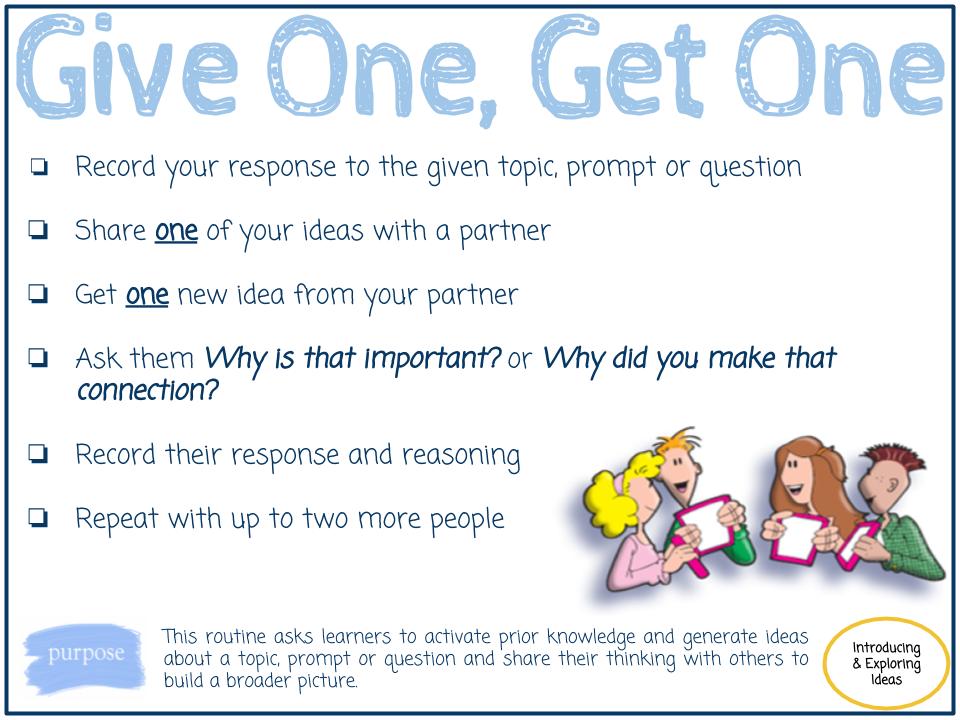One of the big debates over the past few weeks is how to make up for “lost learning” from last year. I know few teachers who think their classes, pacing, and curriculum meet their normal high standards during virtual learning. This does not say anything about our abilities as teachers, it is simply a fact that many of us started the year in a panic, did not receive much training, and adjusted as time went on! Let’s take a look today at how we can evaluate students and adjust our teaching through a lens of proficiency. This article is for any level 2 or above teacher, with an example of what to do in a level 2 class; however, it will be simple to scale the activities to the levels you’re teaching.

With that said, sometimes a simple return to basics will help us understand where we are with our students and will help us accelerate learning so that by the end of this year we will be in a position that feels a bit more typical for the end of an academic year.
I’m sure nearly all of us who went through a methods class are familiar with the ACTFL standards, the keystone to everything we do in a language classroom. If not, the Standards, or the “5 Cs,” are the core components of language learning and production that we should be focusing on in every activity we do. While communication is still the foundation of language, without communities and culture communication is sterile and unfulfilling, and without comparisons and connections language will feel inaccessible to students.
But how much do you remember about the proficiency levels or Can-Do statements? While influenced by the 5 Cs, they are not standards; rather, they are benchmarks and curriculum guidelines, providing teachers a more definitive resource of what you should want students to do with the language, and what you can expect from them at their language level along the way.
Formally adopted in 2012, they may not have been a part of your methodology class. However, these tools will be vital to helping us evaluate where our students currently are, and more importantly, help them reach a level that we are comfortable with by the end of the year.
The First Weeks
In my own classroom, these first few weeks are going to be all about learning who my students are and what their learning needs are. Unless it is a level one class, all of our students should have at least some knowledge of the language, but how do we assess what they can do?
Indeed, I answered my own question…Can-Do! If you are in a state or district that already uses the Can-Do statements, great! If not, take a look at the statements and how they align to the level your students were in the previous year.
For example, maybe you are teaching level 2 of Spanish, and your first unit is talking about yourself, your hobbies, and what you do for fun. Level 2 generally coincides with Novice-Mid and Novice-High proficiency benchmarks. If we look at ACTFL benchmarks, we find the following information…
Novice-Mid: I can present information about myself, my interests and my activities using a mixture of practiced or memorized words, phrases and simple sentences.
Novice-High: I can present personal information about my life and activities, using simple sentences most of the time.
These should be realistic goals to meet in 4-8 weeks of learning. However, are your students already at a Novice-Low level of talking about themselves? Here’s the Novice-Low version of the Can-Do statements above.
I can introduce myself using practiced or memorized words and phrases, with the help of gestures or visuals.
Thankfully, knowing these benchmarks, there is an easy way to find out. Do bell-ringers or drills, questions or prompts (in the target language or English) and see what students can produce. These will be a great reminder to them of their prior knowledge.
Let’s take a look at two scenarios, where they can and cannot produce at the expected level.
If Your Students are Not Comfortable Communicating at Novice-Low:

This is fine! Step back, and take a look at the curriculum from last year. What are some key chunks of language students are supposed to know how to say? What are some key vocabulary words that are part of the curriculum? Many times, students will simply need a refresher on these for a day or two to get back on track. A great activity for this is Give One Get One. Give students a question that everyone will be answering, and either give students a random selection of potential answers, or if they are comfortable, have them come up with their own. They will communicate with each other, writing down each other’s answers, and will relearn how to communicate in the language classroom in a highly structured manner.
If Your Students are Already Comfortable at Novice-Low and Ready to Move On:
Great! This is where we usually hope our students are. But how do we get them from only using memorized phrases to starting to create more original language? You could begin to introduce new content, but every year, not just this year, you could take a bit of time to introduce them to some Novice-Mid thinking.
After students are successfully producing your Novice-Low content, think about the difference between Low, Mid, and High. Novice-Mid introduces the idea of simple phrases and sentences, and High has students using simple sentences “most of the time.” If students are successfully describing themselves, but only with one or two words, what do you need to do to make them say whole sentences? Do a communicative activity, but give them a sentence starter on the board that’s clearly what you want them to use, even something as simple as “I am…”. This is not a detriment; indeed, sometimes a small crutch is needed to build confidence!
If they’re already speaking in full sentences, but it’s the same repetitive “I am I am I am,” what’s the next step? Do you want them to describe themselves twice in the same sentence? Do you want them to say “I’m also” or “I’m not?” These are both great goals that help them reach the next step, but obviously make sure to tailor it to your curriculum.
In both scenarios, make sure you are not just expecting them to suddenly be able to communicate. You need to give comprehensible input and sufficient scaffolding. If you want students to say:
“I am ____ and ____”
or
“I’m _____ and also ______,”
give them a list of vocabulary words, have them plug two in, and they’ve now created an original sentence. With enough practice, it will become natural.
If you want to practice negatives, give them the same list, but have them mark how they would describe themselves and how they wouldn’t.
You could use the Give One Get One mentioned earlier to have them communicate with others, you could create a survey, or any other option that gets students personalizing their learning so they can communicate with others. This sort of structured activity can work at any level to help students reach the next benchmark in their proficiency.
It’s unrealistic to assume students will remember everything from the last year in any given year, but this year in particular it’s even more vital we meet students where they are. Scaffolding your own classroom will help naturally scaffold student learning, and will prevent frustration and create success!
Further Reading
https://www.actfl.org/sites/default/files/tle/TLE_AugSept17_Article.pdf
